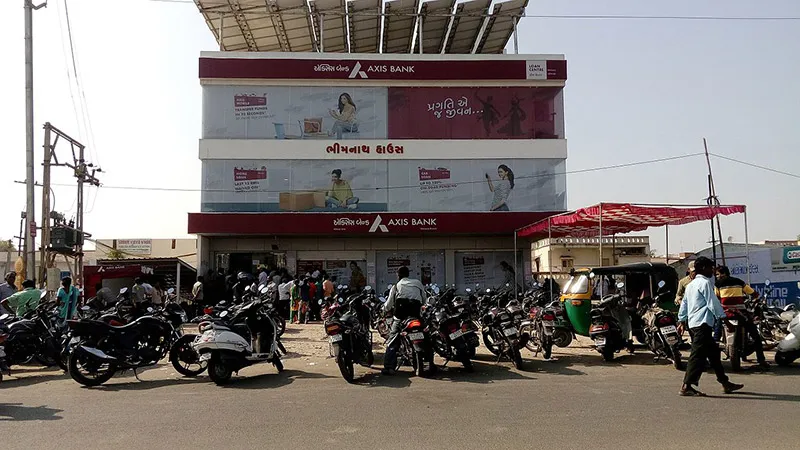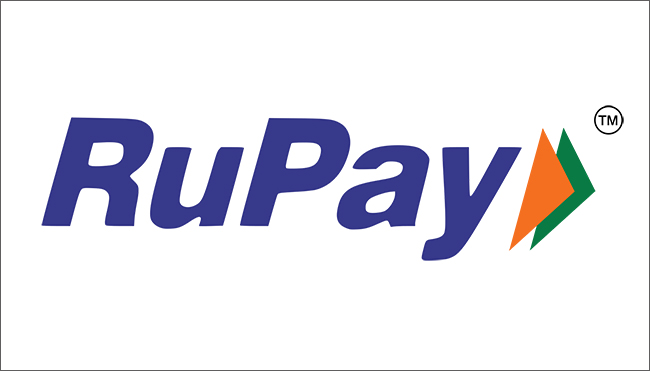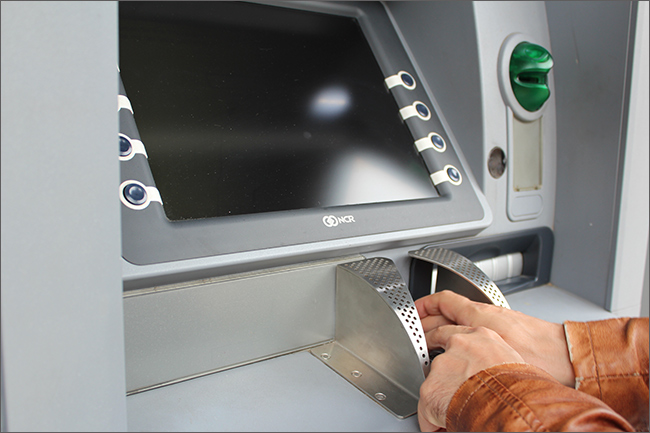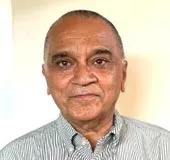-
CENTRES
Progammes & Centres
Location
Going without cash is a good idea whereby studies indicate that paying by card or e-money encourages you to spend more than you would otherwise.

Going cashless is a good idea. For the government, the biggest gain is an easy audit trail to assess individuals and businesses to tax and to ferret out illegal transactions like the financing of crime, terror, smuggling and drugs. For individuals, plastic (payment cards) and e-money provides far greater security despite the risk from cybercrime. Businesses also gain. Studies of consumer behaviour indicate that paying by card or e-money encourages you to spend more than you would otherwise.
So it is no surprise that Prime Minister Narendra Modi, a man in a rush, is urging the country to abandon cash. But how far are we from the point where a cashless economy can kick in? Presently, at least, 95 per cent of personal consumption related transactions in numbers (not volume) are in cash. Compare this with around 40 per cent of cash transactions in more developed markets. A 2015 World Bank survey established that increasing the number of banked people in the economy is the most relevant intervention till one reaches the level of around 800 accounts per 1,000 adults. India stands at a ratio of 480 accounts per 1,000 adults. This is a fair achievement given the scale of poverty, illiteracy, gender discrimination and the sparse spread of bank branches, particularly in rural areas — just around 40,000 for six lakh villages and a population of 800 million. The high level of poverty and a low savings and consumption levels make rural branches uneconomic. So innovative mechanisms should be developed to provide “barefoot” banking to the poor. This is virtually impossible via our clunky and inefficient public sector banking system. The Reserve Bank of India revolutionised the licensing of payment banks earlier this year by bringing in a “year-around”, entrepreneur-driven approach of welcoming proposals for opening banks and branches which provide less than the full range of banking services without inviting proposals for bank licensing through formal rounds, as previously. We need to pursue this approach and establish a bank branch for every cluster of 5,000 adults. Ramping up the scale of e-money is a “quick win”. Over the period of 2010 to 2015, the number of e-money accounts have grown at the rate of an astonishing 63 per cent per annum — more than triple the rate at which bank accounts have increased over the same period in economies which lack universal financial access. Mobile money accounts comprise 55 per cent of such e-money accounts. But, in India, e-money continues to languish at merely 10 per cent of transactions. A more serious missing link for ramping up cashless transactions is the relative scarcity of point of sale (POS) acceptability of cashless transactions. Easy access to POS ready merchants and vendors is key for building the credibility of plastic money as an alternative to cash. A mere 1.5 million commercial entities accept cashless transactions in India. Compare this with the 25 million registered commercial enterprises in India. There are, in addition, 30 million micro enterprises. Bringing all these service providers into the POS net expands the market by an order of magnitude. Why should electronic payment and simultaneous tax deduction not be made compulsory for commercial entities in all those towns and villages which already have the necessary basic profile — access to electricity along with phone and road connectivity? Why not “carpet bomb” the 50 largest cities in India with assistance and persuasion to say no to cash?

The views expressed above belong to the author(s). ORF research and analyses now available on Telegram! Click here to access our curated content — blogs, longforms and interviews.

Sanjeev S. Ahluwalia has core skills in institutional analysis, energy and economic regulation and public financial management backed by eight years of project management experience ...
Read More +